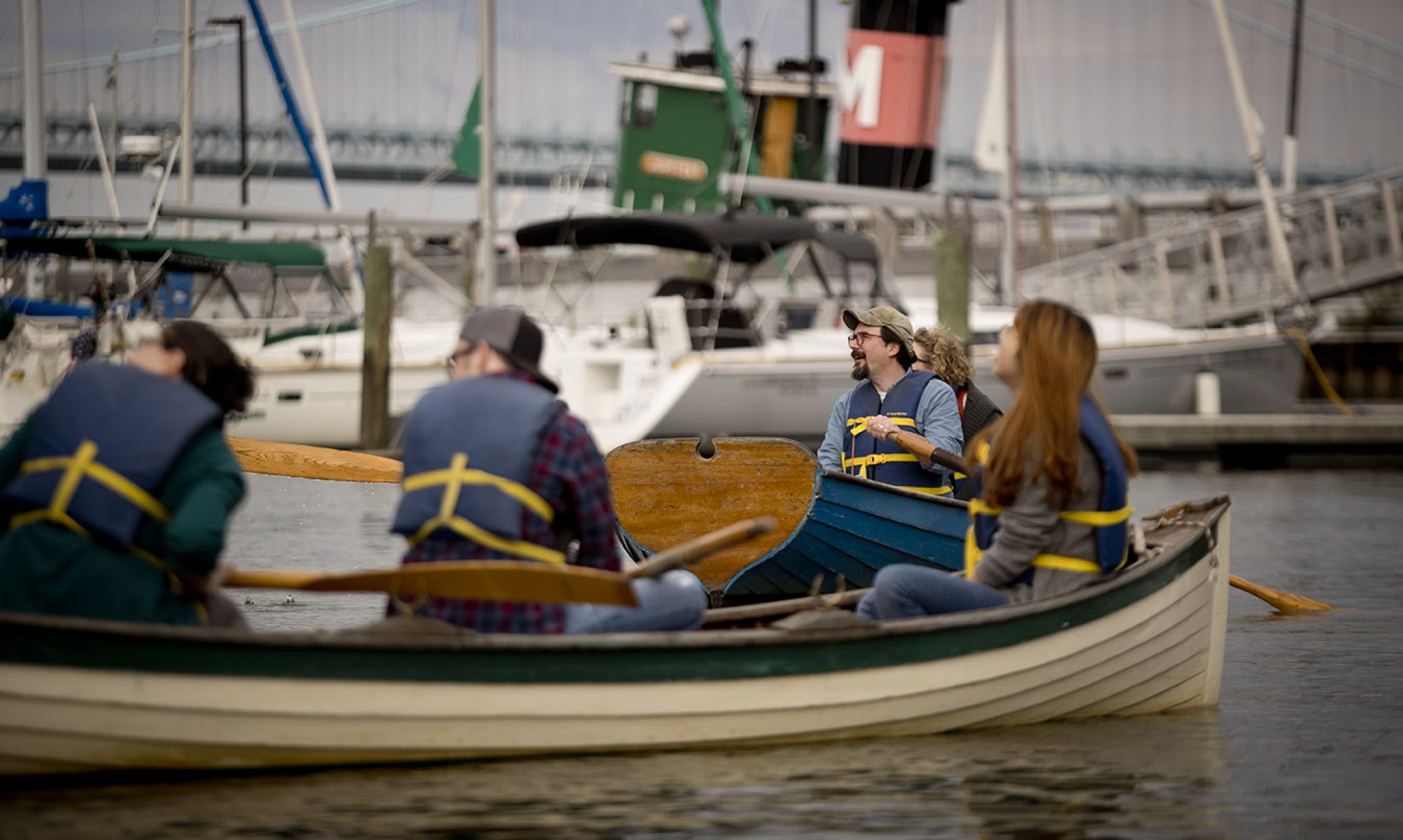I come from a place in south central Pennsylvania that, over the years and depending on who‘s listening, I’ve called Middletown, Hummelstown, Hershey, and Harrisburg. In reality, where I come from is none of those places precisely, but a little bit of them all with a whole lot of what’s between mixed in. Powerful forces led me away, however, and for some years now I’ve wandered south and west variously seeking love, learning, and cash. But, with heaps of hard work and a good dose of luck, I’ve found my way back and am happy to once again hang my hat in Pennsylvania. From my rooftop now I can see a bronzed William Penn high atop City Hall gazing far off into the north and east across this city that he named Philadelphia.
My hope here is to get something of his perspective as I too look out across this town in search of meaning in unlikely places. I am looking for the bygone object. The famously cryptic cultural observer and theoretician Jean Baudrillard referred to the “bygone object” in an early moment of clarity as an object that is so old(ish) that, lacking any practical use, it remains only to signify time. The problem is that “time” is a fairly slippery concept. In fact, it is such an abstract notion that each of us devise our own unique ideas about it whenever we must. And when do we do that? Well, pretty much any time we’re confronted with stuff like antiques, relics, museum pieces, collectibles, old buildings, heirlooms, keepsakes, old photographs, reproductions, forgeries, fakes, duplicates, and the list goes on. The bygone object isn’t just an old thing, though, but rather a particular kind of old thing (or maybe just a thing that seems old) that, for whatever reason, makes us feel patriotic or nostalgic or somehow moved by the presence of the past. Why is it that some things make us feel that way? And how do they do it? I don’t have the answers, but Philadelphia seems like the perfect place to look…

